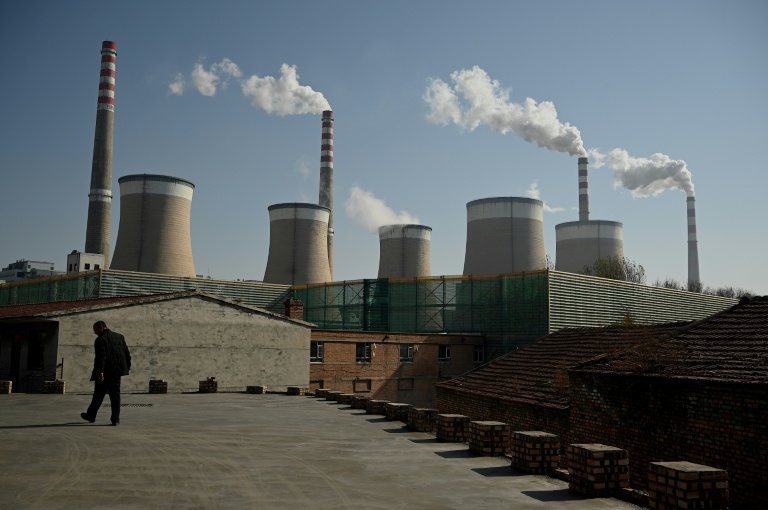Home / Environment / China's State Prosecutors Dominate Climate Litigation, Enforcing Regulations
China's State Prosecutors Dominate Climate Litigation, Enforcing Regulations
15 Oct
Summary
- China sees surge in environmental and climate lawsuits, over 1 million cases
- State prosecutors, not activists, lead climate litigation to enforce regulations
- Courts use existing laws to implement climate policy, not drive policy changes

As of October 2025, China is experiencing a significant surge in environmental and climate litigation, with thousands of dedicated courts and over 1 million recent cases. However, this trend looks quite different from the global movement led by activists and NGOs.
In China, climate litigation is dominated by state prosecutors seeking to enforce existing regulations, rather than encourage the government to set more ambitious climate goals. The courts are using scattered climate change provisions across various laws and regulations to implement climate policy, rather than bring about policy changes.
While many of these cases are conducive to climate change mitigation, they do not directly address the issue of climate change. China, the world's biggest greenhouse gas emitter, has recently outlined its first-ever emission reduction targets, pledging to reduce greenhouse gases by 7-10% within a decade. However, these targets are unlikely to be challenged in court, as the focus remains on regulatory enforcement.
The courts and prosecutors in China are making sure that the law "grows teeth," ensuring that local authorities and companies face severe punishments for skirting environmental obligations. This has led to a significant increase in resolved cases, up almost 20% from the previous five-year period. China is seen as having the most comprehensive and systematically established mechanism for environmental justice.
While NGOs and activists play a limited role in China's climate litigation landscape, the mere threat of litigation has become an effective enforcement mechanism, with more than 95% of potential cases settled before reaching the courts.



